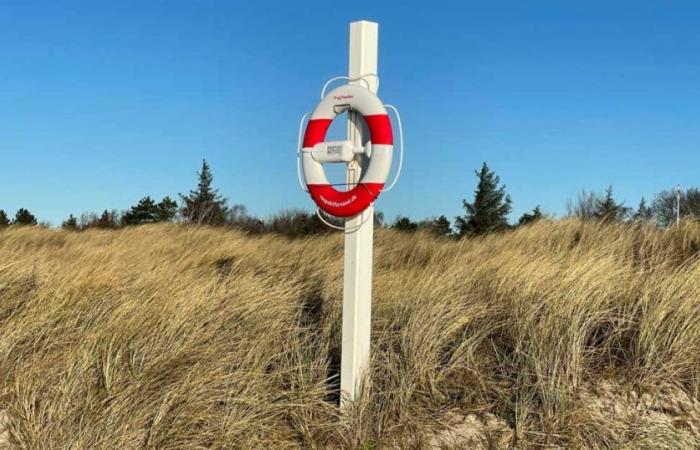The Stone Age still hides secrets from us. Danish archaeologists have discovered a 5,000-year-old Neolithic site on the island of Falster, Denmark. If the discoveries of archaeological sites are legion, especially when they take place during major projects, what we find there is not always of this scale. Scientists believe they have detected a cave among the buildings, reports Phys.org. This would mean that the men of the time had abilities and tools greater than what we imagined.
Nearly 6,000 years ago, around 4200 BC, Northern Europe entered a new era of the Neolithic, that of the culture of funnel vases. This marks a drastic change for men. From hunter-gatherers, they settled down and began to practice agriculture and livestock. To live this new life, they of course had to build homes.
10 of the most beautiful discoveries made by archaeologists
Building materials still used in the 20th century
These are the old houses that were partly found on the site of Nygårdsvej 3 on the island of Falster. The first thing that surprised the archaeologists was the nature of the soils, they note in their study published in the journal Radiocarbone of the University of Cambridge. In fact, the soils seem to be made of a mixture called compost, a mixture of sand and clay. This technique was used as a basis in homes for a long time (until the middle of the 20th century), but researchers were convinced that it appeared much later in history.
This is not the only strangeness of the site. The houses were built on a small hill. A strategic choice to see visitors, even enemies, arrive, but also to avoid possible flooding caused by flooding in the surrounding rivers and marshes.
An ingenious technique for preserving food
What has most intrigued archaeologists about this site is what is found underground. They discovered stones, placed meticulously, and deduced from the shape and location of this room that it was a cellar. If this were true, it would be one of the oldest cellars in Europe.
This would also mean that the men and women who populated Scandinavia 5,000 years ago were aware of the importance of preserving food and knew how to ensure it. Temperatures underground are much more stable. Storing food there would have kept it fresh in summer and avoided freezing in winter. Further research on the site could refine these discoveries in the coming years.






